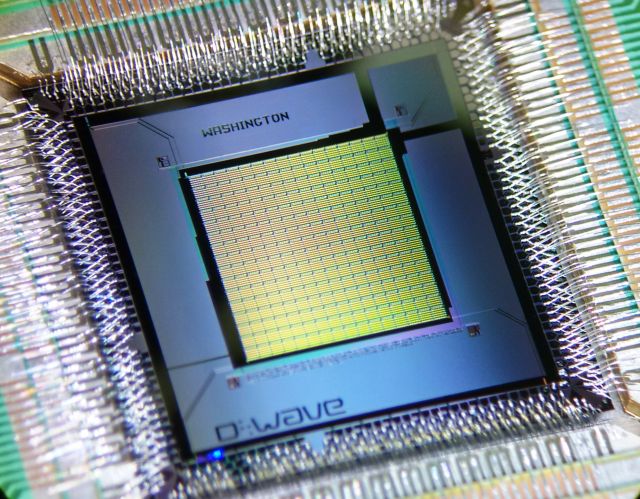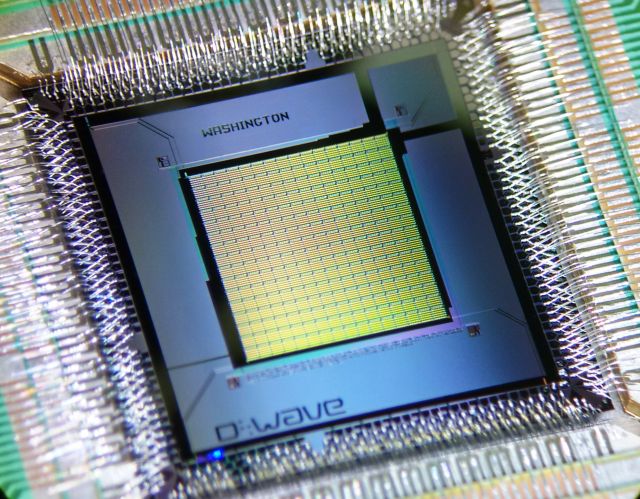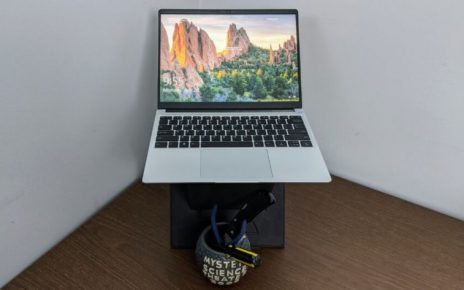
(credit: D-Wave)
Early on in D-Wave’s history, the company made bold claims about its quantum annealer outperforming algorithms run on traditional CPUs. Those claims turned out to be premature, as improvements to these algorithms pulled the traditional hardware back in front. Since then, the company has been far more circumspect about its performance claims, even as it brought out newer generations of hardware.
But in the run-up to the latest hardware, the company apparently became a bit more interested in performance again. And it recently got together with Google scientists to demonstrate a significant boost in performance compared to a classical algorithm, with the gap growing as the problem became complex—although the company’s scientists were very upfront about the prospects of finding a way to boost classical hardware further. Still, there are a lot of caveats even beyond that, so it’s worth taking a detailed look at what the company did.
Magnets, how do they flip?
D-Wave’s system is based on a large collection of quantum devices that are connected to some of their neighbors. Each device can have its state set separately, and the devices are then given the chance to influence their neighbors as the system moves through different states and individual devices change their behavior. These transitions are the equivalent of performing operations. And because of the quantum nature of these devices, the hardware seems to be able to “tunnel” to new states, even if the only route between them involves high-energy states that are impossible to reach.





